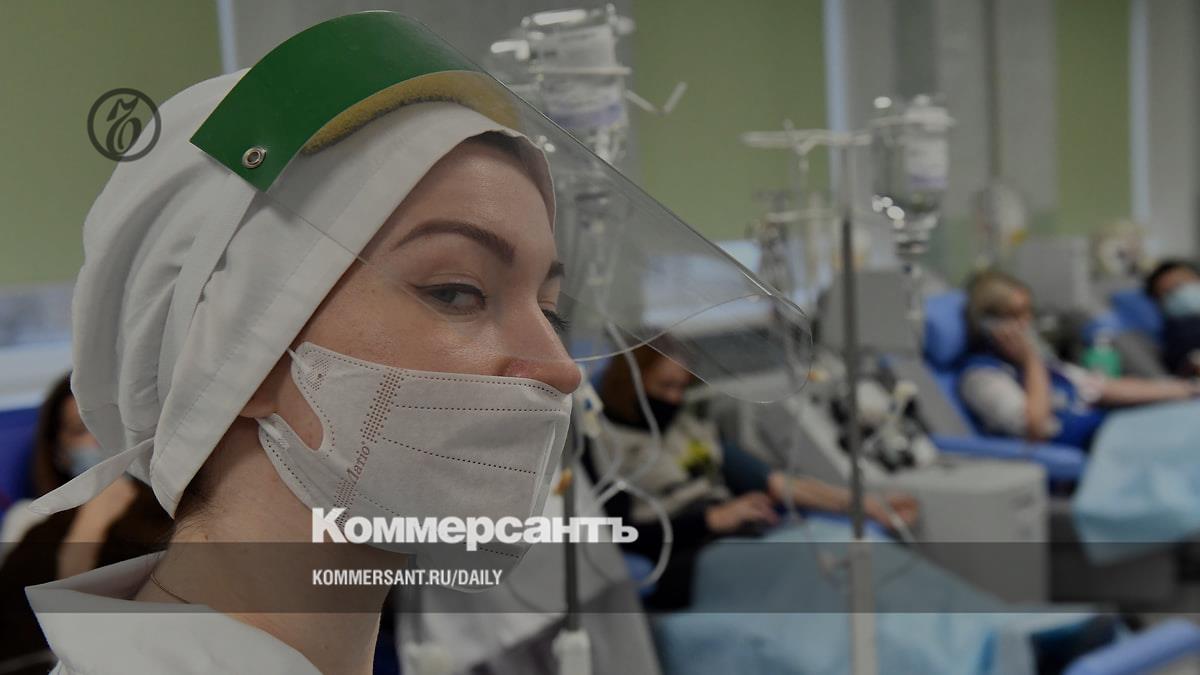
Russia is currently experiencing a sustained increase in meningococcal infection cases, as officially reported by the State Duma Committee on Health Protection. Historically, this disease primarily affected children in settings like kindergartens and schools. However, there is now a notable shift, with a growing number of adults contracting the illness, often facing a heightened risk of fatal outcomes. Medical professionals largely attribute this concerning trend to labor migration. Consequently, physicians are advocating for the implementation of mandatory meningococcal vaccination for all children and adolescents, alongside a requirement for employers to ensure immunization for all foreign workers they bring into the country.
On July 15, the State Duma Committee on Health Protection convened to address the escalating spread of meningococcal infection across the nation. The impetus for this meeting was a set of alarming epidemiological statistics presented by Dr. Alexander Rumyantsev, a Member of Parliament and a Doctor of Medical Sciences. According to Dr. Rumyantsev’s report, Russia recorded 1,266 infection cases during the first five months of 2025, with a significant majority—948—occurring in adults. This figure represents a dramatic 260% increase in incidence compared to the corresponding period of the previous year.
Understanding Meningococcal Disease
Meningococcal disease is an illness caused by the bacterium Neisseria meningitidis. In its most severe forms, the infection can lead to profound damage to the brain and various other organs, frequently resulting in permanent disability or death. Approximately 20% to 30% of cases develop serious complications, which may include acute adrenal insufficiency (Waterhouse-Friderichsen syndrome), disseminated intravascular coagulation (DIC), deafness, cognitive impairments, and epilepsy. In some critical situations, medical intervention may even necessitate limb amputation to save a patient’s life. The infection is most commonly transmitted within closed communities, and historically, the primary risk group has been children under the age of five.
Russian medical statistics indicate a consistent upward trend in meningococcal incidence from 2016 to 2019. A notable decrease was subsequently observed during the COVID-19 pandemic, largely attributed to widespread social distancing measures. However, since 2021, the number of cases has once again shown a clear pattern of increase. The overall mortality rate for the disease remains stable at 15%, though in certain years, this figure has climbed as high as 22%. Concurrently, the national immunization coverage against the disease is declining, with the number of vaccinated individuals falling from 841,000 in 2023 to 518,000 in 2024, as reported by the Member of Parliament.
It is important to highlight that vaccination against meningococcal infection is currently not included in Russia’s National Immunization Schedule, which means it is not typically provided free of charge to the general public. Nevertheless, in some specific regions, such as Moscow, this vaccination has been integrated into regional immunization calendars and is administered under specific epidemiological indications, particularly during outbreaks.
“According to the recommendations put forth by the World Health Organization, our national immunization calendar should incorporate an additional five vaccines. Presently, we include eleven vaccines, but the target should be sixteen,” stated Alexander Rumyantsev. “Among these five recommended additions, the meningococcal vaccine holds the utmost significance for our population.”
Vladimir Chulanov, the Ministry of Health’s chief non-staff specialist for infectious diseases, corroborated that while meningococcal infection was traditionally perceived as a childhood ailment, the recent surge in cases across Russia is predominantly driven by adult infections, with a particular focus on labor migrants. Alarmingly, the mortality rate among adults is significantly higher than in children, averaging 16%, and climbing to as much as 30% in individuals over 60 years old.
According to Alexey Rtishchev, the chief non-staff specialist for infectious diseases in children for Moscow’s Central and Southeast Administrative Okrugs, the capital city alone accounts for over 50% of all diagnosed meningococcal cases nationwide. In the first five months of 2025, 124 cases were identified in children, compared to 698 in adults. This marks the first time that the incidence rate among adults (per 100,000 population) has exceeded that among children. “From the perspective of the child population, we are gradually gaining control. However, the second facet of this problem—migrants—is a more complex and rhetorical issue,” Mr. Rtishchev observed. He further noted that while vaccination efforts were undertaken in hostels where outbreaks were identified, the dynamic nature of migration flows renders such measures temporary. “Vaccinating one group will not yield long-term benefits,” the doctor concluded, expressing a pessimistic outlook on achieving sustained positive changes in this situation.
During the meeting, Vladimir Chulanov unequivocally declared the inclusion of meningococcal vaccination for children, adolescents, and conscript soldiers in the National Immunization Schedule as an “absolute priority.” He also proposed that adult immunization should be expanded, financed through regional budgets, and integrated into regional vaccination schedules based on epidemiological necessity. “Regions must assume the financial responsibility for broadening this calendar. And, undoubtedly, given the unique characteristics previously mentioned, it would be appropriate for employers to be mandated to vaccinate the foreign workers they invite,” Chulanov concluded, outlining a comprehensive strategy to combat the rising infection rates.











